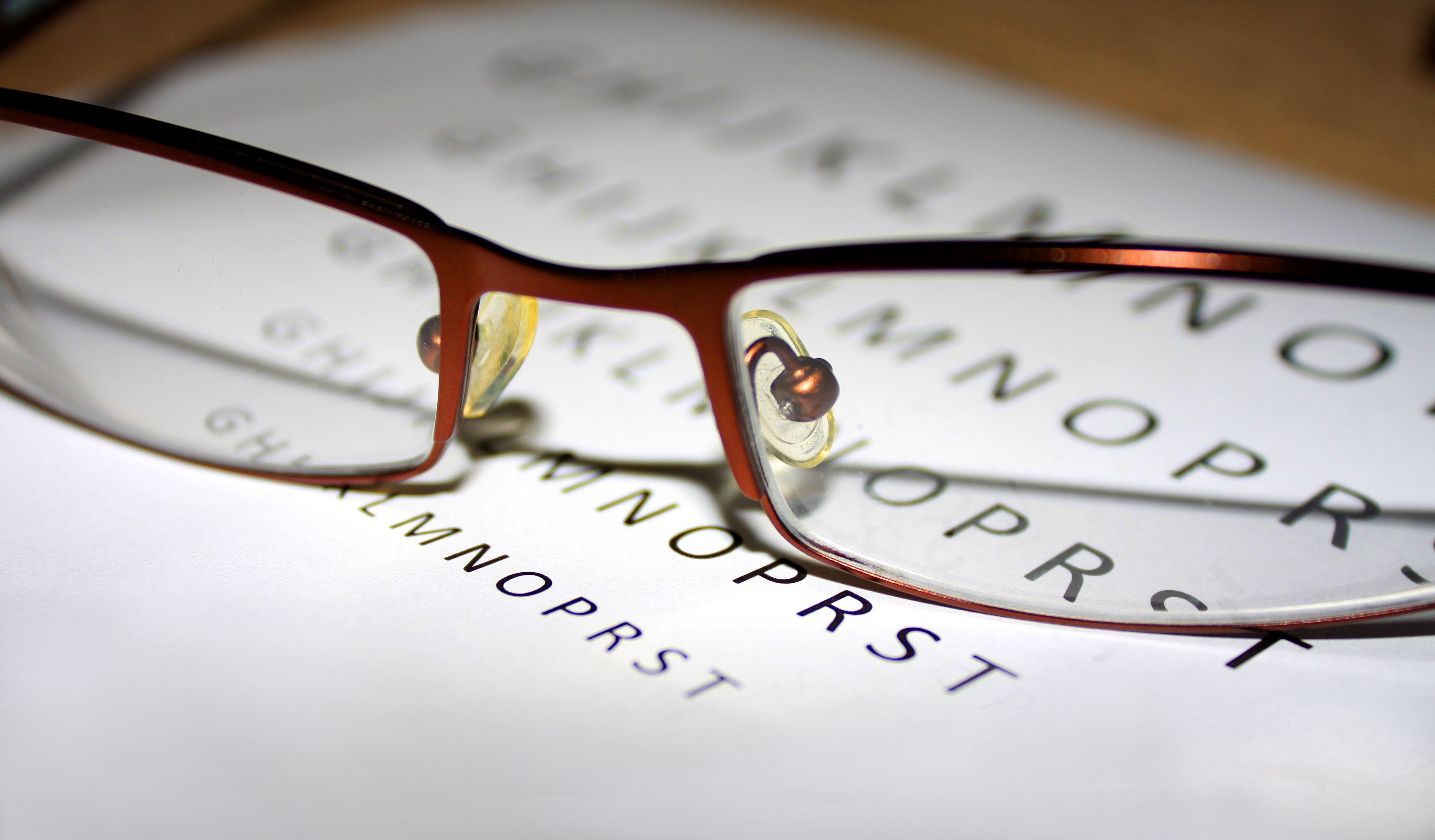Article
Eye Movement Measurements Help Determine Brain Aging Effects, Study Finds
Author(s):
A UK study published in PeerJ compared the results of eye movement tests between younger and older cohorts to confirm brain aging effects.
A UK study published in PeerJ compared the results of eye movement tests between younger and older cohorts to confirm brain aging effects.
A group of researchers developed the minimally delayed oculomotor response (MDOR) task to better understand how parts of the brain work and to determine how inhibitory control, or our ability to stop ourselves from thinking or doing things, changes with age, according to a press release.
Each participant in the study was asked to view a dot in the center of a computer screen. They were then asked to look at a second dot that appeared to the left or right of the previous dot, not when the second dot appeared, but when it disappeared. This methodology tested participants’ levels of inhibition to normal automatic eye movement.
There were 2 groups of participants: aged 19 to 27 years and 50 to 72 years. Each group completed 2 trials, with differing times of target display duration.
“We used the synchronous version of the MDOR task in which a central fixation target (0.2° black square; 11 cd/m2) was presented on a light background (56 cd/m2; contrast 79%) for a randomized period of 0.5 to 1.5 s. Immediately when it was extinguished, the saccade target (a 0.2° black square) appeared 5° to the left or to the right of fixation (randomized and with equal frequency) and was displayed for either 200 or 1000 ms (randomized from trial to trial),” the researchers said.
Their results showed that the older group, made up of 22 participants with a mean age of 62, exhibited greater levels of latency compared with the younger cohort, made up of 39 individuals with a mean age of 22 years.
Specifically, the researchers found:
- For the 2000-ms condition, the latencies were 462 ± 103 ms and 394 ± 61 ms in the old and young groups, respectively (a difference of 68 ms)
- For the 1000-ms condition the latencies were 332 ± 80 ms and 298 ± 46 ms in old and young groups respectively (a difference of 34 ms)
Paul Knox, MD, an author of the study, said of the findings, “It is clear that older participants found it more difficult to inhibit their actions, even once we had accounted for the general slowing that occurs with ageing. This confirms that a decline in inhibitory control is a part of normal ageing. We are doing experiments to refine the test, and then we hope to use it to study inhibitory control in a range of important diseases.”
The results show that older participants “cannot inhibit their oculomotor responses as successfully as younger participants.” The relation of this conclusion to other aspects of age-related inhibition remains to be explored.
The researchers note future research into inhibitory control could yield beneficial results relating to a multitude of conditions like schizophrenia, attention-deficit/hyperactivity disorder, and forms of Parkinson disease.
Reference
Knoz PC, Pasunuru N. Age-related alterations in inhibitory control investigated using the minimally delayed oculomotor response task [published online January 9, 2020]. Peer J. doi: 10.7717/peerj.8401.





